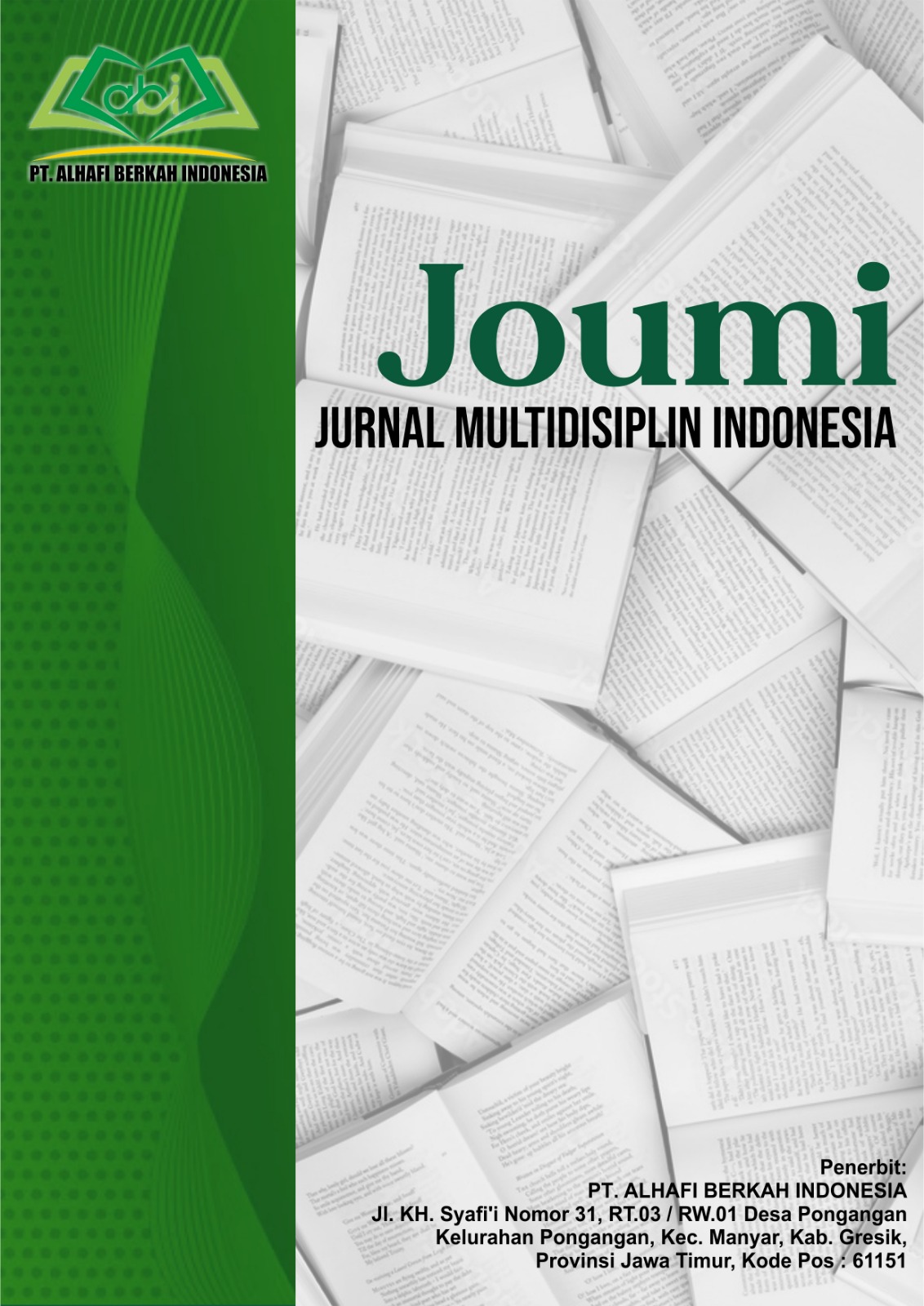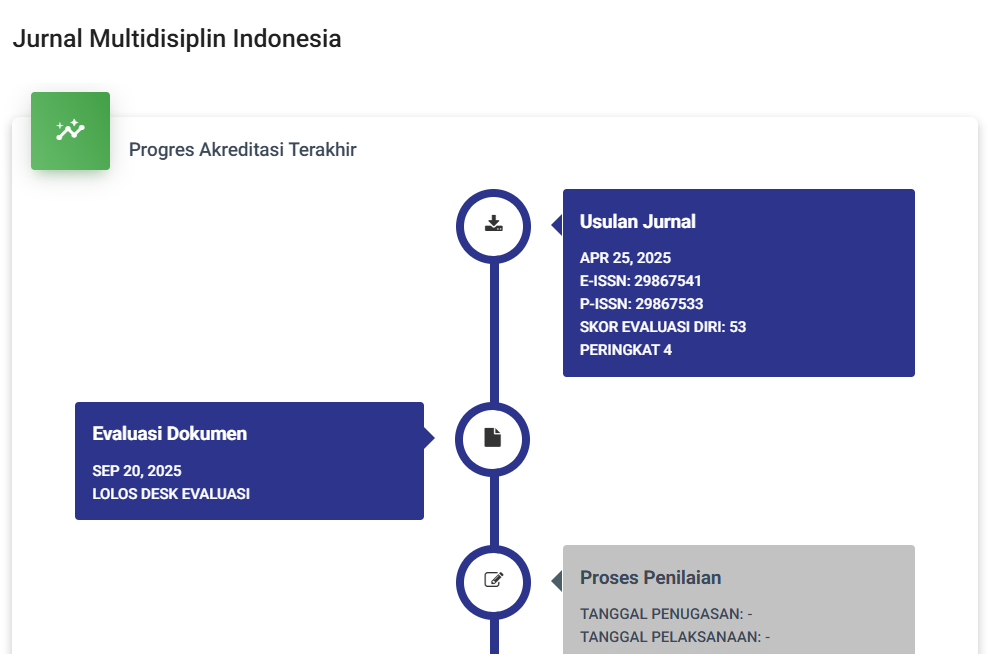The Application Of Branding Concepts In Tourism Villages: Building Local Destination Identity In Banyubiru Subdistrict, Semarang Regency
DOI:
https://doi.org/10.62007/joumi.v3i2.458Keywords:
Destination Branding, Tourism VillageAbstract
This research examines the application of branding concepts in the development of tourism villages in Banyubiru District, Semarang Regency. Tourism villages as a form of community-based tourism require appropriate branding strategies to build strong and sustainable destination identities. This descriptive qualitative research used data collection techniques through observation, in-depth interviews, and documentation studies involving local stakeholders. The results show that the application of branding concepts has succeeded in increasing tourist awareness and local community participation, although some challenges were found in implementation consistency. The development of local destination identity through a branding approach has proven to contribute to increasing tourist visits and village economic sustainability. This research recommends strengthening branding strategies through community involvement and managing local assets as elements of differentiation.
References
Aaker, D. A. (2012). Building Strong Brands. New York: Free Press.
Anholt, S. (2007). Competitive Identity: The New Brand Management for Nations, Cities and Regions. London: Palgrave Macmillan.
Baker, B. (2007). Destination Branding for Small Cities: The Essentials for Successful Place Branding. Portland: Creative Leap Books.
Balakrishnan, M. S. (2009). Strategic Branding of Destinations: A Framework. European Journal of Marketing, 43(5/6), 611-629.
Creswell, J. W. (2014). Research Design: Qualitative, Quantitative, and Mixed Methods Approaches. 4th Edition. California: SAGE Publications.
Damanik, J., & Weber, H. F. (2006). Perencanaan Ekowisata: Dari Teori ke Aplikasi. Yogyakarta: Penerbit Andi.
Dewi, M., Fandeli, C., & Baiquni, M. (2013). Pengembangan Desa Wisata Berbasis Partisipasi Masyarakat Lokal Di Desa Wisata Jatiluwih Tabanan, Bali. Jurnal Kawistara, 3(2), 129-139.
Dinas Pariwisata Kabupaten Semarang. (2022). Laporan Statistik Kunjungan Wisatawan Kabupaten Semarang Tahun 2022. Ungaran: Dinas Pariwisata Kabupaten Semarang.
Echtner, C. M., & Ritchie, J. R. B. (2003). The Meaning and Measurement of Destination Image. Journal of Tourism Studies, 14(1), 37-48.
Hadiwijoyo, S. S. (2012). Perencanaan Pariwisata Perdesaan Berbasis Masyarakat (Sebuah Pendekatan Konsep). Yogyakarta: Graha Ilmu.
Hermantoro, H. (2011). Creative-Based Tourism: Dari Wisata Rekreatif Menuju Wisata Kreatif. Jakarta: Aditri.
Inskeep, E. (1991). Tourism Planning: An Integrated and Sustainable Development Approach. New York: Van Nostrand Reinhold.
Kavaratzis, M., & Ashworth, G. J. (2005). City Branding: An Effective Assertion of Identity or a Transitory Marketing Trick? Tijdschrift voor Economische en Sociale Geografie, 96(5), 506-514.
Miles, M. B., & Huberman, A. M. (2014). Qualitative Data Analysis: A Methods Sourcebook. 3rd Edition. California: SAGE Publications.
Morgan, N., & Pritchard, A. (2004). Destination Branding: Creating the Unique Destination Proposition. Oxford: Elsevier Butterworth-Heinemann.
Morgan, N., Pritchard, A., & Pride, R. (2011). Destination Brands: Managing Place Reputation. 3rd Edition. Oxford: Butterworth-Heinemann.
Nuryanti, W. (1993). Concept, Perspective and Challenges. Makalah dalam Konferensi Internasional Mengenai Pariwisata Budaya. Yogyakarta: Gadjah Mada University Press.
Pike, S. (2005). Tourism Destination Branding Complexity. Journal of Product & Brand Management, 14(4), 258-259.
Prasiasa, D. P. O. (2013). Destinasi Pariwisata Berbasis Masyarakat. Jakarta: Salemba Humanika.
Ritchie, J. R. B., & Ritchie, R. J. B. (1998). The Branding of Tourism Destinations: Past Achievements and Future Challenges. Proceeding of the 1998 Annual Congress of the International Association of Scientific Experts in Tourism, 89-116.
Saleh, R., Hardini, M., & Anindita, M. (2019). Penerapan Destination Branding pada Desa Wisata di Jawa Barat. Jurnal Pariwisata, 6(2), 108-119.
Indarto, B. A., & Ani, D. A. (2023). The role of green accounting through the implementation of carbon taxes as an instrument for climate change mitigation in Indonesia. The Accounting Journal of Binaniaga, 8(01), 73-84.
Tasuib, M. J., Indarto, B. A., Ariyanto, A., Kusumaningrum, A. D. W., Putri, M. K., Wulandari, W., ... & Septiya, T. L. (2024). Pemberdayaan Dan Branding Produk/Packaging Kemasan Umkm Kopi Wates. Jurnal Pemberdayaan Masyarakat Mandiri Indonesia (Indonesian Journal of Independent Community Empowerment), 7(2), 63-68.
Downloads
Published
How to Cite
Issue
Section
License
Copyright (c) 2025 Siti Juriah, Nugroho Nugroho

This work is licensed under a Creative Commons Attribution-ShareAlike 4.0 International License.







